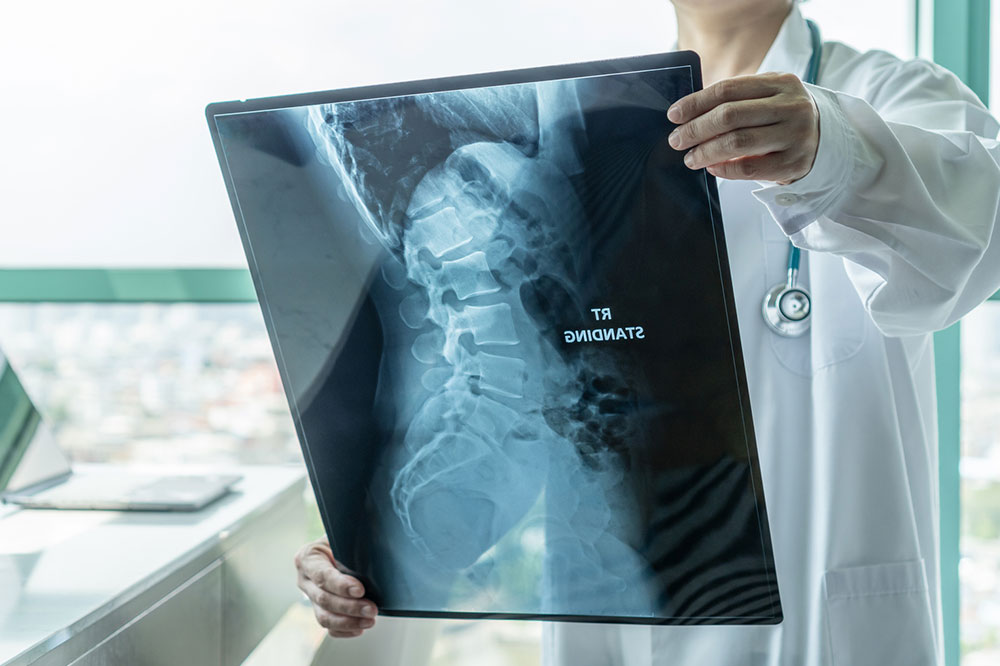Comprehensive Guide to Diagnosing Spinal Muscular Atrophy (SMA)
This comprehensive guide explores the various methods used to diagnose spinal muscular atrophy (SMA), emphasizing the importance of early detection. It covers clinical assessments, genetic testing, electrodiagnostic procedures, and muscle biopsies, providing valuable insights for patients, families, and healthcare professionals. Accurate diagnosis is essential for effective management and improving outcomes for those living with SMA, making this article a vital resource for understanding the diagnostic process of this inherited neuromuscular disorder.

Comprehensive Guide to Diagnosing Spinal Muscular Atrophy (SMA)
Spinal muscular atrophy (SMA) is a genetically inherited neuromuscular disorder characterized by progressive muscle weakness and loss of muscle mass. This condition primarily results from the degeneration of motor neurons within the spinal cord and brainstem, which are responsible for transmitting signals from the nervous system to muscles. As these motor neurons deteriorate, individuals with SMA experience difficulty with motor functions such as walking, sitting, and even controlling head and respiratory movements. Severe forms of SMA can lead to life-threatening complications, including respiratory failure and swallowing difficulties. Therefore, early and accurate diagnosis is essential for managing symptoms effectively, initiating timely treatments, and improving the quality of life for affected individuals.
Understanding the Diagnostic Process for SMA
The diagnosis of SMA is complex and depends largely on the specific type and severity of the condition. There are several crucial steps involved, including thorough clinical evaluation, family history assessment, and a battery of diagnostic tests. Recognizing symptoms early and understanding the characteristic presentation patterns can significantly prompt further investigation to differentiate SMA from other neuromuscular disorders. Proper diagnosis is not only vital for establishing a treatment plan but also for providing genetic counseling to families, which can inform future reproductive decisions.
There are four primary types of SMA, each exhibiting distinct clinical features. The most common types include SMA Type 1 (Werdnig-Hoffmann disease), SMA Type 2, SMA Type 3 (Kugelberg-Welander disease), and SMA Type 4. Accurate diagnosis begins with a detailed physical examination and thorough review of the patient's medical history, including any known family history of neuromuscular disorders. Following the initial assessment, healthcare providers utilize specific diagnostic tests to confirm the presence of SMA and determine its subtype.
Genetic Testing: The Cornerstone of SMA Diagnosis
Genetic testing is instrumental in diagnosing SMA confidently. This process focuses on analyzing key genes, particularly the Survival Motor Neuron 1 (SMN1) gene, which is critically involved in the disease. In most SMA cases, mutations or deletions in the SMN1 gene are detectable. Blood samples are used for this minimally invasive procedure, which provides precise genetic information. Additionally, testing for the copy number variation of the SMN2 gene offers insight into disease severity and prognosis, as more copies of SMN2 are generally associated with milder forms of SMA.
Electrodiagnostic Methods in SMA Diagnosis
Electrodiagnostic procedures play a supplementary role in the diagnosis of SMA by evaluating nerve and muscle functionality. These include nerve conduction studies (NCS) and electromyography (EMG). Nerve conduction studies measure the speed and strength of electrical signals traveling along nerves, helping identify nerve damage or dysfunction. EMG involves inserting tiny electrodes into muscles to record electrical activity, which reveals muscle fiber response and signs of denervation or reinnervation. These tests assist clinicians in distinguishing SMA from other neuromuscular conditions that may present with similar symptoms like weakness and fatigue.
Muscle and Nerve Tissue Biopsies
When genetic testing yields inconclusive results, muscle and nerve biopsies are performed to gain more definitive diagnostic evidence. During these procedures, small tissue samples are surgically collected and analyzed under a microscope. In SMA, muscle biopsies often reveal characteristic signs such as muscle fiber atrophy, group contractures, and abnormal nerve endings, providing critical confirmation of the diagnosis. While more invasive, biopsies remain valuable when non-invasive tests fail to provide conclusive results, ensuring that affected individuals receive a correct diagnosis and tailored treatment plan.
In conclusion, diagnosing spinal muscular atrophy involves a multifaceted approach combining clinical observation, family history evaluation, and advanced genetic and electrodiagnostic testing. Early detection through these diagnostic techniques is central to optimizing treatment outcomes, offering affected individuals a better quality of life and the potential for emerging therapies to slow disease progression.





